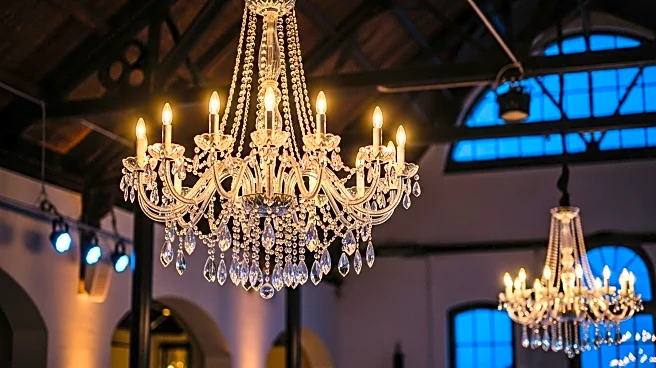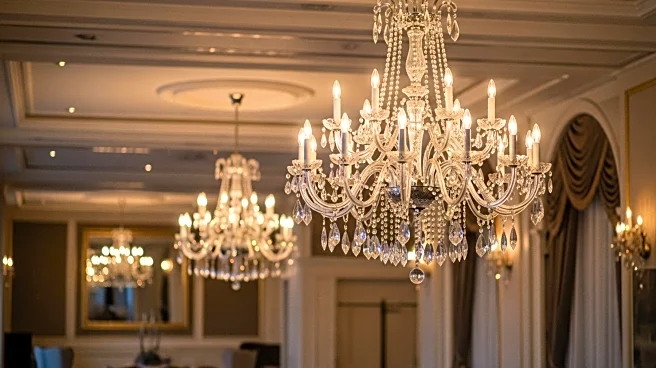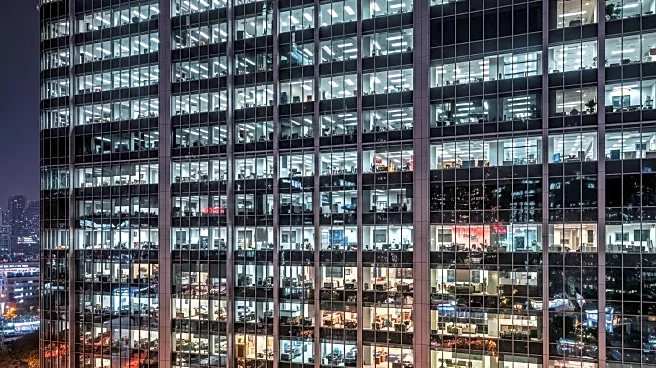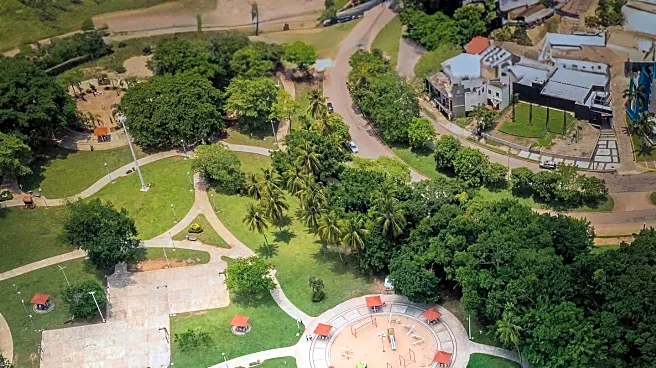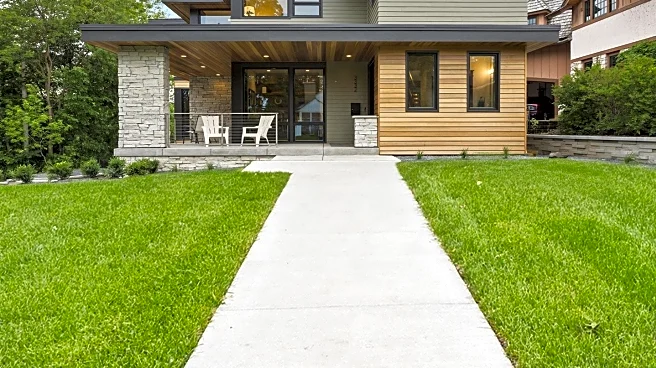What's Happening?
The iconic Flatiron Building in New York City is undergoing a transformation into luxury condominiums, marking the first time in its 120-year history that it will serve as residential space. The redevelopment, led by the Brodsky Organization and the Sorgente Group, includes 38 residences with prices ranging from $11 million to $50 million. The project involves a comprehensive restoration of the building's historic Beaux-Arts limestone and terra-cotta façade, in coordination with the Landmarks Preservation Commission. The interiors are being designed by Studio Sofield, incorporating modern elements while preserving the building's historic character.
Why It's Important?
The conversion of the Flatiron Building into luxury residences represents a significant shift in the use of one of New York City's most recognizable landmarks. This development reflects broader trends in urban real estate, where historic buildings are repurposed to meet modern demands. The project is expected to attract affluent buyers, contributing to the city's luxury real estate market. Additionally, the preservation of the building's architectural heritage highlights the importance of maintaining cultural landmarks while adapting them for contemporary use.
What's Next?
As the project progresses, sales of the luxury residences are underway, with Corcoran Sunshine Marketing Group leading the marketing efforts. The completion of the restoration and conversion is anticipated to enhance the building's appeal and solidify its status as a premier residential address. The success of this project could influence future developments in historic building conversions, encouraging similar initiatives in other cities.
Beyond the Headlines
The transformation of the Flatiron Building raises questions about the balance between preserving historical architecture and accommodating modern urban living. The project underscores the challenges and opportunities in maintaining cultural heritage while adapting to evolving real estate markets. It also highlights the role of landmark preservation in urban development, ensuring that iconic structures continue to contribute to the city's identity.


